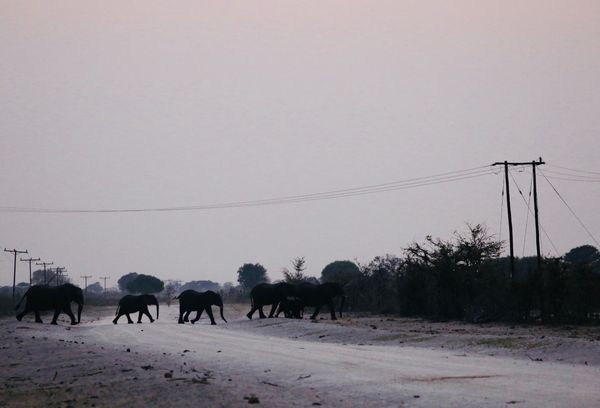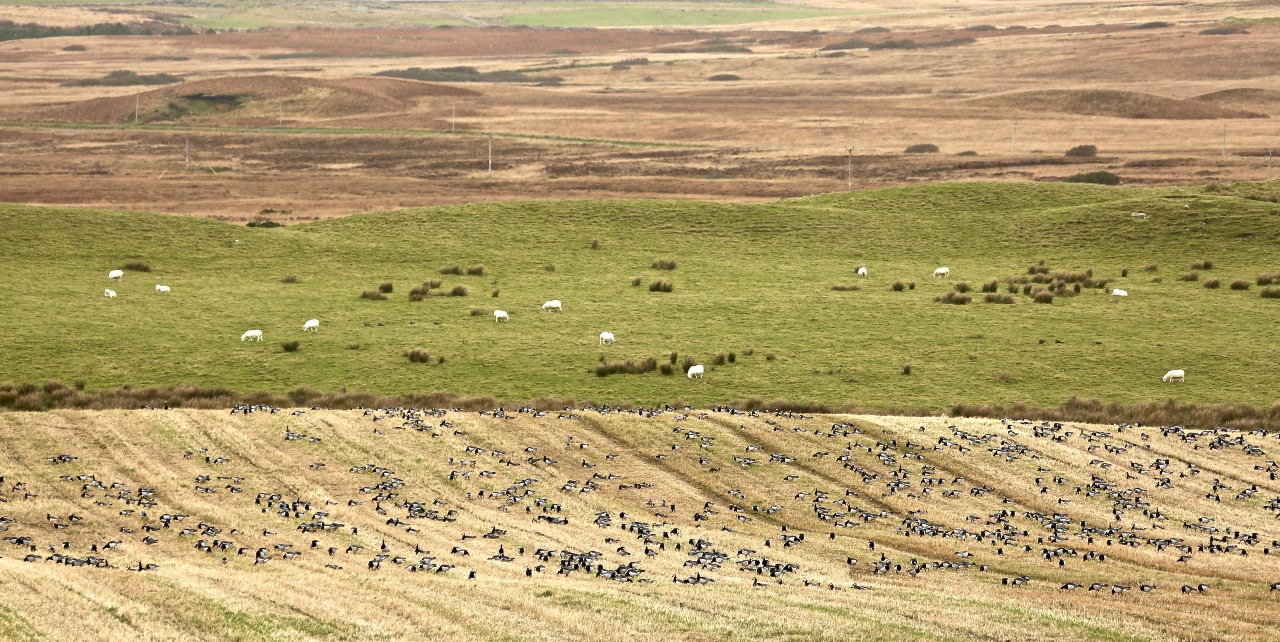 LINKED PAPER
LINKED PAPER
Measuring the intensity of conflicts in conservation. Cusack, J.J., Bradfer-Lawrence, T., Baynham-Herd, Z. et al. 2021 Conservation Letters. doi: 10.1111/conl.12783 VIEW
We live in a time of unprecedented biodiversity loss, driven by the intensification and expansion of human activities. But while conserving natural ecosystems and their component species is of the utmost priority for some, for many others it is food and livelihood security, societal needs, or economic gain that take precedence, often at the expense of biodiversity. Increasingly, these contrasting views give rise to situations of conflict between conservation and other human interests – so-called conservation conflicts.
Conservation conflicts are notoriously difficult to understand and manage, let alone predict or resolve. They often trigger strong human emotions, such as anger at protected elephants that damage or destroy a season’s worth of crops in a matter of hours. They frequently involve clashes between deep-seated value or belief systems, as illustrated by the on-going conflict between wolf conservation and ranching activities in the USA. Understanding conservation conflicts therefore requires careful consideration of a multitude of interacting dimensions, such as ecological processes, social and cultural contexts, and economic costs and benefits.

Figure 1 Elephant herd crossing road in Botswana.
Such complexity can be daunting. How does one even begin to understand the nature and intensity of such conflicts? Do they arise and develop in a predictable way? Is it possible to identify commonalities between conflicts occurring in very different socio-ecological contexts?
To explore these questions, we invited a diverse group of researchers to participate in the Interdisciplinary Conservation Network workshop held in Oxford in July 2018. Each participant brought their own knowledge and experience of a particular conservation conflict to the discussion, enabling us to compare and contrast a variety of case studies from across the world. These included conflicts surrounding the conservation of a diverse range of species, such as the Barnacle Goose (Branta leucopsis), the Vaquita Porpoise (Phocoena sinus) and the Tiger (Panthera tigris), and also the implementation of a protected area in Colombia. A key focus of the discussion was on the ways in which our approach to conceptualising conservation conflicts could benefit from the study of armed conflicts.
In particular, we focused on a way of conceptualising the escalation and de-escalation of armed conflicts known as the curve of conflict. The bell-shaped curve, which tracks conflict escalation (and de-escalation) through five phases from Durable Peace to War, was developed by Michael Lund in 1991. It provides a simple framework for assessing armed conflict intensity based on the behaviour of and interactions between relevant parties.
We realised that the curve of conflict could be adapted and applied to conservation conflicts, the dynamics of which are also influenced by the discourse and actions of relevant interest groups. The resulting conservation conflict curve is made up of six intensity levels, each with their own defining characteristics: coexistence or collaboration, latent disagreement, expressed disagreement, unilateral action, multilateral action, and physical violence.

Figure 2 Time series of conflict intensity level for the different case studies (a–g). Each conflict characterization begins with a trigger and is measured for a given time step length. Missing bars denote absence of evidence for a given time step.
By applying this classification to evidence for discourse and actions drawn from the literature, we began to re-construct the timeline of seven different conservation conflicts. It quickly became apparent that conflicts had a tendency to become entrenched at higher levels of conflict intensity. In other words, conflict de-escalation was rare. When it did occur, de-escalation was generally associated with increased collaboration amongst stakeholders, highlighting the importance of participatory processes in conflict resolution.
Such a method to quantify conservation conflict intensity opens up exciting avenues for comparing different case studies, evaluating which resolution measures work and which don’t, and perhaps most importantly, for predicting where conflicts might arise in the future.
Image credit
Top right: Barnacle Geese feeding in a stubble field on Islay, Scotland.
If you want to write about your research in #theBOUblog, then please see here.



